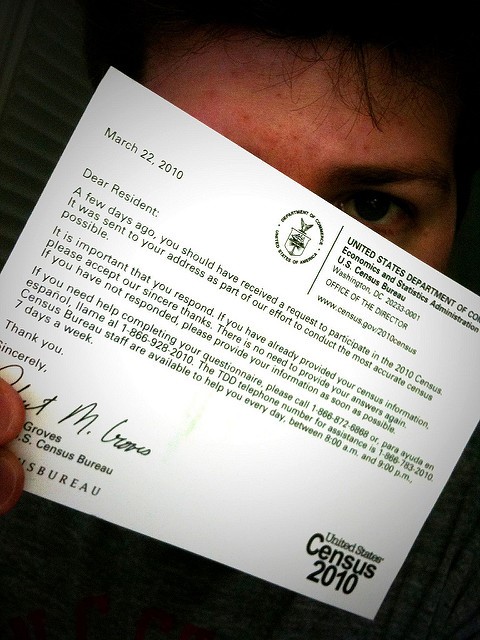
his week the annual census data came out with some alarming news. As anecdotal evidence has been suggesting, Texas’s uninsured rate has continued to climb, reaching 17.7% (almost 2 percentage points higher than it was in 2016). Statistics can be useful, but sometimes inadequate. They give you numbers and let you see trends, but mask from view the faces of the people they reflect. So let’s give this number a moment to sink in. What does it mean for communities when one out of every five residents is uninsured?
Gracie Camarena, CDF-TX’s Director of Outreach and Enrollment in the Rio Grande Valley, spends every day helping families get enrolled (and stay enrolled) in Medicaid and CHIP from our office in McAllen, Texas. She counsels immigrant parents who are scared to enroll their kids in Medicaid because they’ve heard about this new public charge rule. She sees families whose kids are kicked off of Medicaid due to incorrect information in the state’s eligibility database. Over the last two years, she said, the ripple effects have become noticeable in her community. Today, she told us that her doctor’s office is openly acknowledging a decline in patients coming in. Across town, a clinic run by UT-RGV, which charges a small co-pay for any patient, insured or uninsured, is seeing the opposite: an uptick in people coming in; but frequently after they are already quite sick (because, with no insurance, they could not afford to seek preventive care or early treatment). She’s heard that the ER at the local hospital is also seeing more uninsured patients.
This story tracks with what we are hearing from around the state. Crystal Marcial, one of our outreach workers in Tyler, Texas, reported some families are so scared about the public charge rule that they choose not to enroll even their citizen children in Medicaid – a choice they do not have make because keeping their children enrolled would in fact have no impact on their own immigration status. But it will harm their children. In Houston and Austin we are seeing and hearing similar stories, always with the biggest impact on the poorest and most vulnerable families.
This statistic, 17.7 percent, means around 5 million Texans have no insurance. And because the lived reality of these numbers is weighted to the bottom of the economic scale, what we are really talking about is much worse. Texas isn’t uniformly 17.7-percent uninsured. Rather, there are communities with relatively low rates of uninsured residents. High income, well educated, usually predominantly white. And then there are communities where the majority work minimum wage, low-wage or seasonal jobs. In those communities, the uninsured rate is dramatically higher, and the consequences are compounded by poor access to nutrition and safe, secure housing.
This change from 2016 is the result of two things:
first, the Texas Legislature’s refusal to implement policies that would lower our uninsured rate; and
second, policies the Trump Administration has put in place to dismantle the Affordable Care Act and to terrify immigrant communities away from anti-poverty support programs like SNAP, Medicaid, and others.
This increase in the number of uninsured in Texas is the result of deliberate choices. This trend shouldn’t be a surprise to anybody; in fact, it should be the opposite. This trend, sadly, is the precise outcome we should expect given the choices our elected leaders have made.
It’s time to expect, and to demand, something different.
To get more involved in fighting to make health coverage a priority for the next legislative session, join the new #SickOfItTX campaign and invite your friends to join the movement.
Article written by Senior Policy Associate Cheasty Anderson
Photo credit: https://www.flickr.com/photos/williambrawley